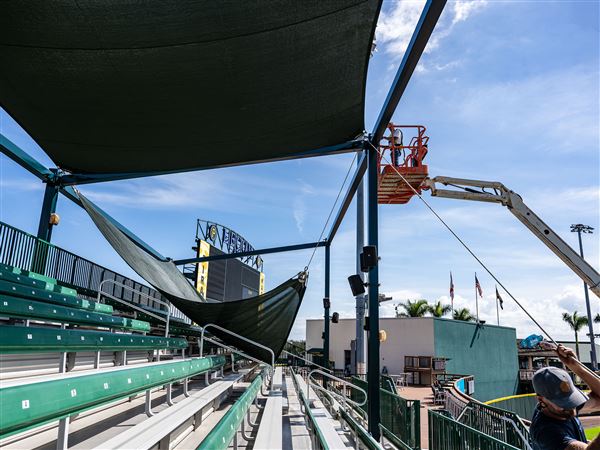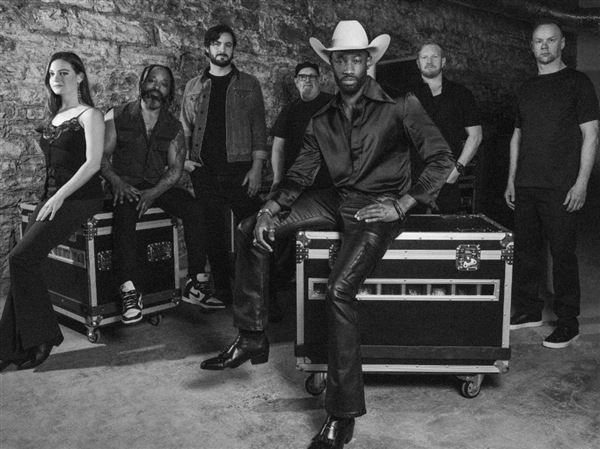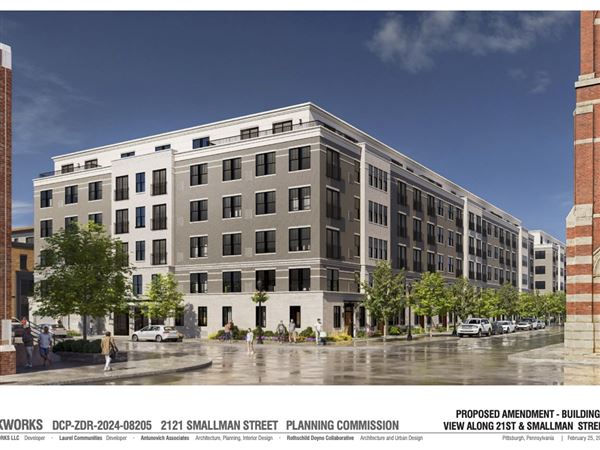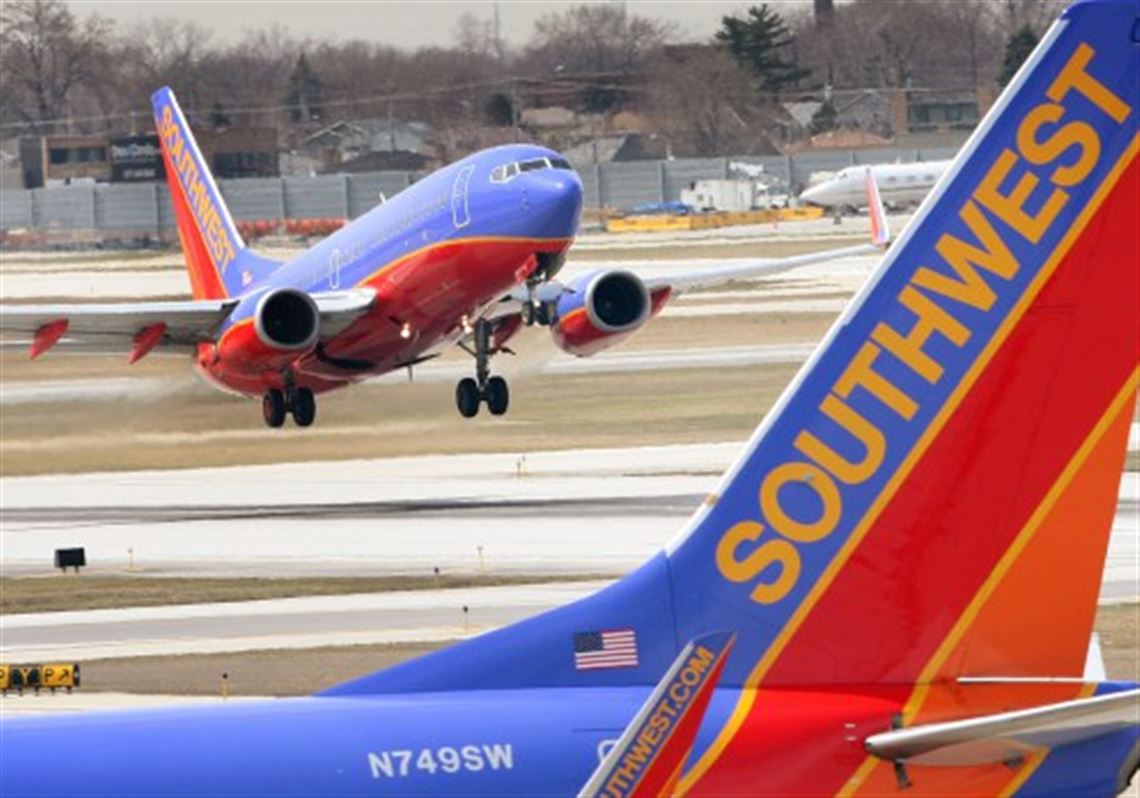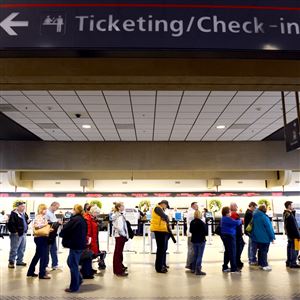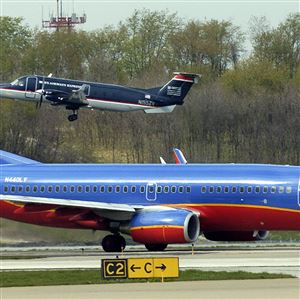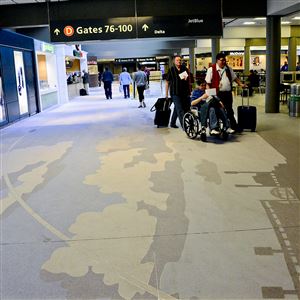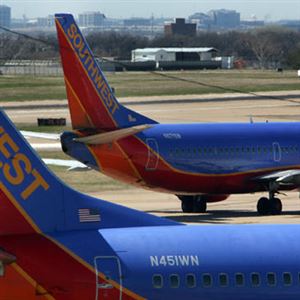It’s been 10 years since Southwest Airlines first touched down in Pittsburgh, helping to drive down high fares and giving the region a much needed shot in the arm in the dark days after US Airways shut down its airport hub.
Since then, Southwest has more than tripled its number of daily flights and nonstop destinations from Pittsburgh International Airport, rising to become the second largest carrier behind the new American Airlines. And now, as it celebrates its 10th anniversary in the Steel City Monday, it may be ready to take the next big step in the relationship.
Dave Harvey, Southwest’s senior director of network planning, said the airline sees Pittsburgh as a potential focus city, perhaps not right away but in the future.
“Without a doubt, there is upside potential to take our relationship to the next level,” he said, adding later it’s “just a matter of size and timing at this point.”
After a two-year courtship, Southwest arrived in Pittsburgh on May 4, 2005, with much fanfare and 10 daily departures to four cities — Chicago, Las Vegas, Orlando, and Philadelphia.
In the decade since, that has jumped to 32 daily departures to 14 cities, with the most recent additions being Dallas (starting in August), Nashville, and Houston. Other destinations include Atlanta, Baltimore, Denver and Phoenix, some resulting from the merger with AirTran Airways.
The number of Southwest employees locally has grown from 41 to 112 over the last decade.
If Pittsburgh were to become a focus city, the airline would look to “round out” its portfolio, with service to the top 15 to 20 origin and destination markets, Mr. Harvey said.
Whether Pittsburgh ever reaches that point depends on a number of factors, he noted, including the availability of equipment and local demand.
The city, he said, is competing with other Southwest markets for service, and the airline will add flights in those places where it is most attractive to the bottom line.
Southwest landed at a time when Pittsburgh was still reeling from the loss of the US Airways hub in November 2004. The airline slashed 10,000 jobs in the region and eliminated hundreds of daily flights and dozens of nonstop destinations. The Southwest arrival amounted to a rare piece of good news.
Christina Cassotis, a former aviation industry consultant who is now Allegheny County Airport Authority CEO, said Southwest provided stability at a time it was needed.
“I think the history of Southwest Airlines at Pittsburgh has been one of great partnership, a real investment in the market, in order to serve the nonstop markets that this area really needs,” she said.
The landing had an immediate impact on fares, at least to some destinations, in a market accustomed to paying exorbitant prices because of the near monopoly US Airways held before closing its hub.
From the first quarter of 2005 to the second, the average fare fell $16.13 to $319.92. By the end of 2006, it dropped to $281.55, or $36.61 below the national average, a true shocker for Pittsburghers used to paying fares far in excess of that.
But in a case of nothing lasts forever, the average fare from Pittsburgh at the end of 2014 was $404.60, or nearly $12 above the $392.66 average.
Ms. Cassotis said the airport has been talking to Southwest about adding service to the west coast — a priority for the region — the Caribbean and the Northeast.
“We’re looking at every opportunity for them to grow, for the community to benefit here in Pittsburgh,” she said, noting that Southwest is a particular favorite among small- and medium-sized businesses here.
Should Pittsburgh keep performing as it has been, Southwest would be looking for the “next best opportunities,” Mr. Harvey said, ones that could include west or northeast destinations the airport covets.
In Pittsburgh and elsewhere, Southwest is looking for a return on investment of at least 25 percent. That will be taken into account when considering new service, Mr. Harvey said.
“When we look at Pittsburgh, we have to have a degree of confidence that we’re going to be able to perform at the average level or better to make the company stronger,” he said.
One factor in that is the airport’s cost per passenger. At $12.90, it is higher than that at many other airports. The authority has made a concerted effort to reduce the cost, using part of the money it is receiving from Marcellus Shale drilling at the airport for that purpose.
While the cost “does impact” the decisions made by Southwest on where to add flights, it is “moving in the right direction and we’re good with that momentum,” Mr. Harvey said.
The one hiccup in Southwest’s growth at Pittsburgh came in 2012 when it dropped its flights to Philadelphia in the face of competition from and customer loyalty to US Airways. That gave US Airways a monopoly on the route and fares soared.
While bringing back the route is something Southwest “continues to assess,” it’s “definitely lower on our list of opportunities,” Mr. Harvey said.
Despite the talk about more flights and the potential for a focus city, it probably will be some time before Southwest expands in Pittsburgh, said Michael Boyd, a Colorado-based aviation consultant.
“Pittsburgh is there. It’s solid and, no question, it’s a good market for them. But it’s probably going to be awhile before they expand,” he said.
First Published: May 1, 2015, 4:28 a.m.
